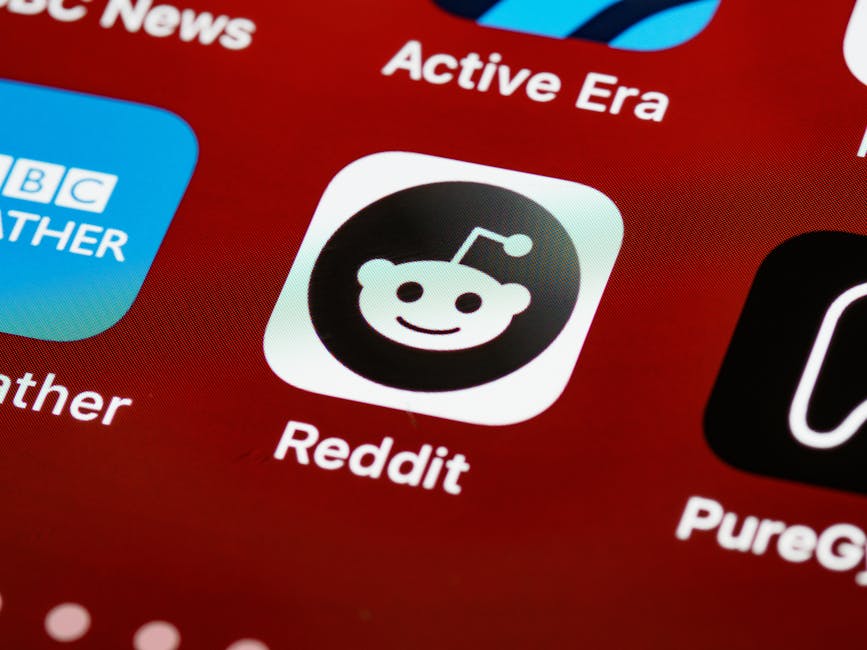Ever wondered how those ads just magically appear at the top of your Google search? You know the ones. You type in “best running shoes for flat feet,” and boom, there they are.
It’s not magic, obviously. It’s a whole system. A big, fast, and kind of confusing system called Google Ads. It is this system that decides everything in a split second.
A lot of people think it’s just about who pays the most money. The company with the biggest wallet wins, right? Well, not exactly. That’s a big part of the story people get wrong.
The truth is a bit more complicated, and also a bit more interesting. It’s a competition that happens faster than you can blink. And you’re the judge, sort of.
The Google Ads Auction: It’s Not Just About the Money
So when you search for something Google runs a super-fast auction. It decides which ads to show and in what order. This all happens instantly.
Every advertiser who wants to show up for your search term enters this auction. But they don’t just win by throwing cash at Google. That would be too simple.
Instead, winning is considered to be based on something called “Ad Rank.” The advertiser with the highest Ad Rank gets the best spot. It’s the big prize.
So what makes up this Ad Rank? It’s basically two main things. Your bid (the money part) and your Quality Score (the important part). It’s a simple formula.
Your Max Bid x Your Quality Score = Your Ad Rank.
That’s it. That’s the core of how Google Ads works. A high Quality Score can mean you actually pay less than a competitor to get a better position.
What’s This “Quality Score” Thing Anyway?
Okay so this Quality Score is a big deal. It’s Google’s way of measuring how good and relevant your ads, keywords, and landing pages are. It’s a score from 1 to 10.
A high score is what you want. Google wants to show users good, helpful ads. It is for this reason that they reward advertisers who make them. It’s good for everyone involved.
The user gets a good answer, Google looks good, and you get a customer. A low Quality Score means you’ll have to pay a lot more for clicks. Google is basically telling you to fix your stuff.
There are three main parts that make up your Quality Score.
Expected Click-Through Rate (CTR)
This is all about prediction. Google looks at your ad and guesses how likely people are to click on it when it’s shown for a certain keyword.
Is your ad copy interesting? Does it match what the person was searching for? A history of people clicking your ad helps this part a whole lot.
Ad Relevance
This one is pretty straightforward. How closely does your ad’s message match the keyword it’s tied to? This is a really big one.
If someone searches for “cheap red shoes,” your ad shouldn’t be talking about expensive blue boots. The connection has to be super clear, for Google and for the user.
Landing Page Experience
What happens after the click? The landing page the place people go after clicking your ad needs to be good too. It’s a big part of the whole thing.
Google checks for a few things here:
Does the page have good, original content?
Is it easy to navigate around?
Does the page load quickly, or does it take forever?
Does it match what the ad promised?
A bad landing page can totally sink your Quality Score. Even if your ad is perfect.
Keywords: The Foundation of Your Whole Campaign
Keywords are the building blocks of any search campaign. They are the words and phrases that people are typing into that Google search bar.
Your job as an advertiser is to bid on the keywords that your potential customers are using. You’re basically raising your hand and saying “I want to show up for this!”.
Choosing the right keywords is a whole skill in itself. You want to find terms that show someone is ready to buy or take action, not just doing random research.
There are different ways you can tell Google how you want your keywords to work. They’re normally called match types.
There’s broad match, which is very loose. And then there’s phrase match and exact match, which give you much more control over when your ad shows up.
And don’t forget negative keywords. These are terms you tell Google not to show your ad for. The reason for this is because you don’t want to waste money on clicks that aren’t right for your business.
Putting It All Together: From Search to Sale (Maybe)
Let’s walk through it. A person named Sarah wants to buy a new camera for her vacation.
She goes to Google and types in “lightweight travel camera 2025.” An auction starts instantly. Camera Company A and Camera Company B both want to show up for this.
Company A bids $3 per click and has a Quality Score of 4/10. Their Ad Rank is 12 (3 x 4).
Company B bids only $2 per click but has an amazing ad and landing page. Their Quality Score is 9/10. Their Ad Rank is 18 (2 x 9).
Company B wins the auction. They get the top ad spot even though they bid less money. Sarah sees their ad, it’s exactly what she wants, she clicks it.
Company B just paid for a click. This model is called Pay-Per-Click (PPC). You only pay when someone actually clicks on your ad, not just for it being seen.
Hopefully Sarah loves the camera on their website and buys it. That’s a conversion. And that’s the whole point of running the ad in the first place.
Frequently Asked Questions About How Google Ads Works
How much does it cost to use Google Ads?
There’s no one answer. It depends on your industry, the keywords you choose, and your Quality Score. You set your own budget, and you only pay when someone clicks. It could be cents or many dollars per click.
How long until I see results from my ads?
You can start getting traffic the day you launch your campaign. But getting good results, like sales and leads consistently, usually takes a few weeks or even months of testing and making adjustments.
Can I just do Google Ads by myself?
Yes, you definitely can. The platform is open for anyone to use. There is a learning curve, though. It’s easy to waste money if you don’t know the basics of the auction and keyword selection.
Do people actually click on Google ads?
They sure do. Especially for searches where the person is looking to buy something. When someone types “plumber near me,” they’re probably going to click one of the first results, ad or not.
Is it all about search ads?
No, not at all. The search ads are the most common. But Google Ads also lets you run ads on YouTube, on millions of other websites (the Display Network), in Gmail, and in apps. It’s a huge network.
Key Takeaways
Google Ads works like a super-fast auction every time someone searches.
The winner isn’t always the highest bidder. It’s about “Ad Rank.”
Ad Rank is your bid amount multiplied by your Quality Score.
Quality Score is super important. It’s made of your ad’s expected click-rate, its relevance, and the landing page experience.
A better Quality Score means you can get a higher ad position for less money.
You choose keywords and only pay when someone clicks your ad (Pay-Per-Click).




